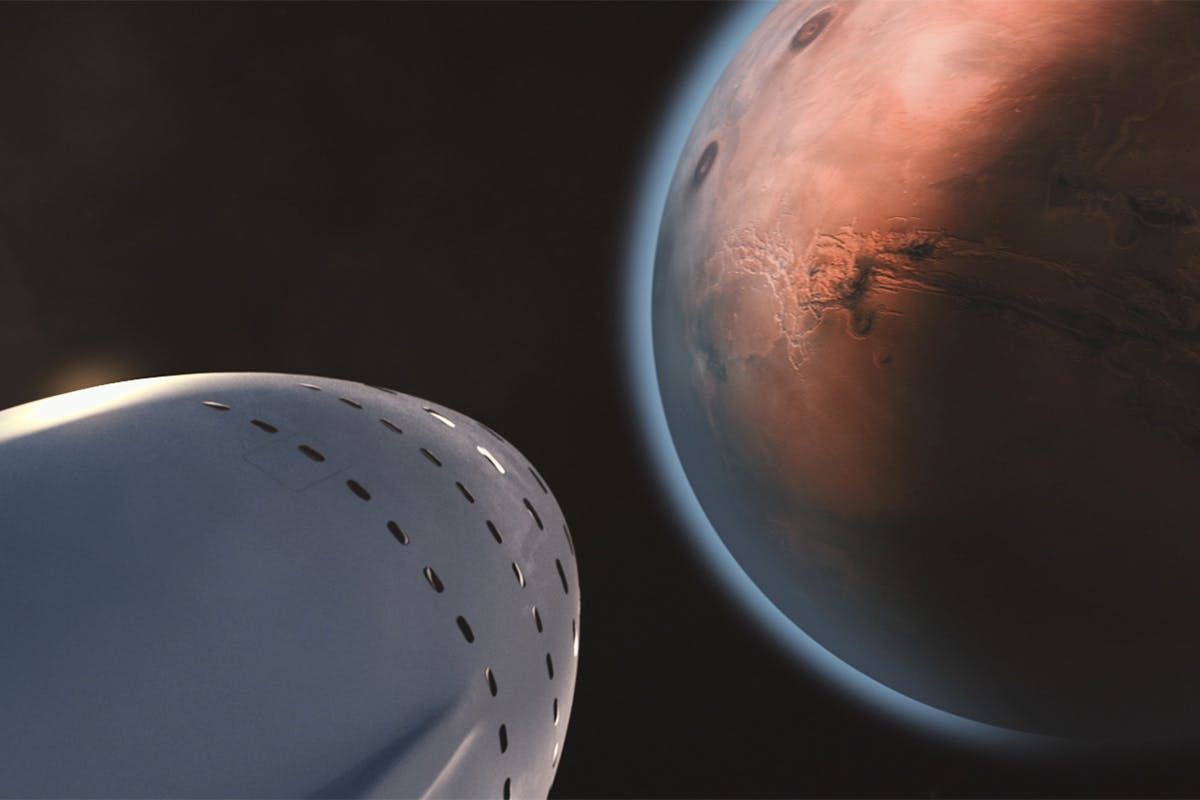Why Space Travel Requires New Concepts
The many concerns that are a conundrum to current rocket science

photo credits: pexels; NASA/SpaceX
There was a recent question about problems with current rocket technology. This post is a copy of the response. It's a short blogpost, however, it provides clarity to importance of new concepts for space travel and seemingly worthwhile to post here on the CATTCC blogpage.
There are several issues this question brings up. How do scientists currently plan to tackle the problem of decompression if a spaceship hull is breached at relativistic speeds? And there are several ways to approach the answer.
The first approach to answering such an important question is; who is proposing an answer. Someone with the confined perspective of maintaining the view within a box, can only see what’s inside the box. A bright child using logic could hold the answer to what the entire rocket science industry maintains as an unsolvable problem.
Victor Schauberger (1885 - 1958) was a multi-generational master forester. He was also a scientific genius with a gift to understand how nature moves. He applied this gift of understanding, to motion. Although his life story was not celebrated in the glorious fashion of fame, he was a remarkable genius. One of his discoveries was that all nature is centripetal. He also found that all modern transportation is centrifugal, which opposes nature.
Using the principles discovered by Schauberger is how to find a solution to this; Quora’s hosted question.
The entire rocket industry is based on centrifugal force. Rocket technology pushes a container through air. It’s the same technology of a gun, which launches an object: as a result of an explosive blast. Again, to what Schauberger said: the outward motion of centrifugal force.
That force opposes nature. The explosive force of a bomb is an outward motion. That outward pressure magnifies resistance. At the subatomic level, that action of energy is a colossal collection of colliding particles. Those collisions produce massive amounts of heat.
Conversely, as Schauberger points out, the result of nature’s motion is centripetal. The process of centripetal motion is a vortex which creates compression: removing heat; like the coldness of a vacuum.
Answering the initial question proposes a conundrum to the rocket industry. Fundamentally, the entire space industry is based on impractical and perversely retarded principles. The efficiency of using chemical explosions as its source of propulsion is beyond unreasonable. Again, at the subatomic level; an explosion: a collision of particles. The result of that collision is energy transferred as heat in 360-degrees. When a rocket is launched, its design function has one direction and its trajectory is a single point of 360-degrees. The internal (subatomic) action of those millions of billions of collisions, each moving in 360-degrees is a massive action of chaos being dispersed in 360-degrees. Here’s a question: how much of that 360-degree energy release is efficiently used to propel a rocket on its one-degree of trajectory? The point being it’s a massive waste of energy use.
What is the fastest speed mankind has ever reached? The speed was over 400,000 miles per hour, and attained by the Parker Solar Probe. This speed was NOT by propulsion. The technology was by manipulating gravity. The speed was attained by attractive force.
To answer the initial question, everything has to change. Practical deep-space flight is unable to accommodate the aeronautical industry’s approach with rocket technology. Space is a different science than the engineering applied to aeronautics. There has to be a total shift in space craft design. Space travel requires a different concept in physics principles. That shift requires a new method of engineering principles for acceleration. It requires new concepts of producing energy for motion. The mindset regarding the physics of propulsion is inapplicable.
As for the potential of breaching a hull, new designs that use the hull as a component to its motion, greatly minimize hull vulnerability to foreign object penetration. Unlike a rocket forcing a hostile path through resisting air, a flow of energy is like a river. A frequency flow travels like a wave. A man with a shovel isn’t able to change the course of a river, however, a large number of excavators could.
T. Townsend Brown drew plans for a spacecraft in the 1950s. So did Otis Carr. Both crafts used different principles than the methodology used by traditional rockets with chemical explosions on a launchpad. Both crafts used the principle of spin momentum. Both engineering concepts used the outer hull spin which created an independent inertia field. Linking to the CATTCC blogpost is the Julio Gobbi analysis.
In answering the initial question: new physics concepts for space flight create independent gravitational fields which surround the craft. This independent inertia field acts as a gravitational field that minimizes the craft from hull breach decompression.
The importance in applying new concepts to space travel are imperative for seeking significant speeds necessary with practical space travel.



